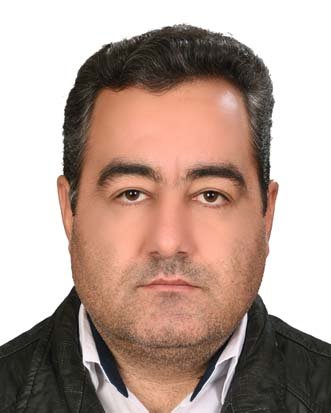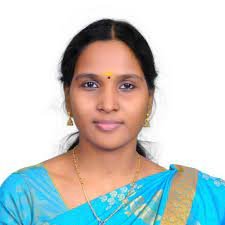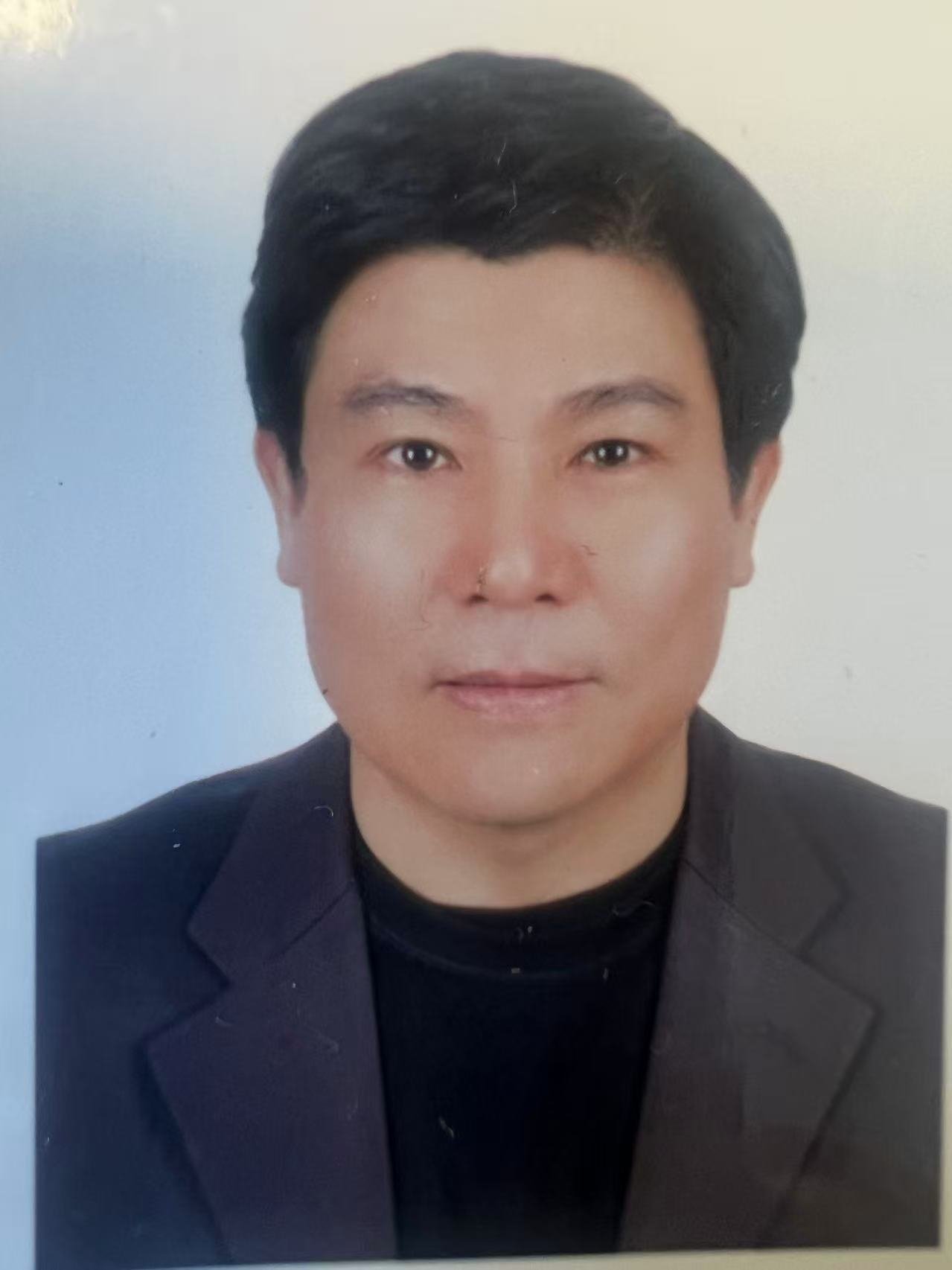Journal of Electrical and Electronics Engineering Research & Reviews
-
About Journal
Introduction
The Journal of Electrical and Electronics Engineering Research & Reviews (JEEER&R) stands as a prominent platform for disseminating cutting-edge research in the fields of electrical and electronics engineering. This peer-reviewed journal serves as a vital conduit for researchers, engineers, and academics to share their groundbreaking discoveries and innovative ideas. By publishing high-quality research articles, reviews, and technical reports, JEEER&R contributes significantly to the advancement of technological advancements and societal progress.
-
Aim & Scope
Scope and Focus
JEEER&R covers a wide range of topics within the realms of electrical and electronics
engineering, including:
Power Systems and Energy:
Renewable energy sources (solar, wind, hydro, etc.)
Smart grid technologies
Power electronics and power quality
Energy storage systems
Communication Systems and Networks:
Wireless communication
Optical communication
Network security
Internet of Things (IoT)
Signal Processing and Digital Signal Processing:
Image and video processing
Speech and audio processing
Digital signal processing algorithms
Control Systems and Automation:
Control theory and applications
Robotics and automation
Autonomous systems
Microelectronics and VLSI Design:
Integrated circuit design
Semiconductor devices
Microprocessor and microcontroller design
Electromagnetic Theory and Applications:
Antenna design and propagation
Electromagnetic compatibility
Microwave engineering
Biomedical Engineering:
Medical imaging
Biosignal processing
Biomedical instrumentation
Why Publish in JEEER&R?
Rigorous Peer Review: JEEER&R employs a rigorous peer-review process to ensure the
quality and significance of published research.
Global Reach: The journal has a global readership, allowing researchers to reach a wide
audience and impact the international scientific community.
Rapid Publication: JEEE prioritizes timely publication to ensure that cutting-edge
research is disseminated promptly.
Open Access: Many articles published in JEEER&R are available through open access,
making them accessible to a broader audience.
High-Quality Content: The journal publishes high-quality research articles, reviews, and
technical reports that contribute to the advancement of the field.
How to Submit to JEEER&R
To submit a manuscript to JEEER&R, authors should follow the guidelines provided on the
journal's website. These guidelines typically cover formatting, citation style, and other
specific requirements. Authors are encouraged to carefully review the guidelines to
ensure that their submissions meet the journal's standards.
The Impact of JEEER&R
JEEE plays a crucial role in shaping the future of electrical and electronics engineering.
By publishing groundbreaking research, the journal contributes to:
Technological Innovation: JEEE fosters innovation by providing a platform for
researchers to share their latest findings and ideas.
Industry Advancement: The journal's publications can inspire new products, services,
and technologies that benefit society.
Academic Excellence: JEEER&R supports academic excellence by promoting rigorous
research and high-quality scholarship.
Global Collaboration: The journal facilitates collaboration among researchers from
diverse backgrounds, fostering international cooperation.
Conclusion
The Journal of Electrical and Electronics Engineering Research & Reviews
is a valuable resource for researchers,
engineers, and academics worldwide. By publishing high-quality research and promoting
interdisciplinary collaboration, JEEE is driving the advancement of electrical and
electronics engineering and shaping the future of technology.
The Journal of Electrical and Electronics Engineering Research and Reviews is a valuable resource for researchers,
engineers, and academics worldwide. By publishing high-quality research and
promoting
interdisciplinary collaboration, JEEER&R is driving the advancement of electrical and
electronics engineering and shaping the future of technology.
-
Author Guidelines
Instruction for Author Guidelines:
The submitted manuscripts should have minimum basic standards to be able to read and interpret the content by the Editorial team. The submissions which do not meet these criteria will be sent back to the authors.
Article Types & Format
Original/Research articles These are the articles which deal with unpublished data providing a detailed explanation of the Methods, Methodology and the results of an investigation supported by evidence. These articles, in general, can be divided into sections:
Introduction:
Identifies the aim of the research
Methods:
Describes the methods applied, study design and the all the details regarding the selection and of the participants of the study
Results:
Provides information regarding the results of the research
Conclusions:
Addressing relevant implications for clinical practice or health policy
Review
Deals with reporting of the literature review of already published data, providing a detailed and in-depth discussion of significant research topics and their development over time.
Case Reports
Articles describing the symptoms, diagnosis, and treatment of clinical cases—usually novel cases. These may also include a literature review of reported cases.
Editorial
Short articles written by the Editors or editorial staff of the journal.
Commentaries
Discuss various aspects of a focused research topic, offering critiques, solutions, or enhancements.
Corrigendum
Rectifications or adjustments made in an article due to author errors.
Expert Opinion
Articles written by experts to promote research or support knowledge advancement in specific areas.
Letter to Editor
Articles addressed to the Editor-in-Chief that comment, agree, or disagree with content in published articles. They can also correct or critique perceived errors.
Perspective
Expresses the author's individual viewpoint on a topic of interest. Basic manuscript structure includes: Cover Letter, Title page, Abstract and keywords, Main Content, Acknowledgments, References, Tables, and Figure legends.
Cover Letter
Should state article type, confirm exclusivity, summarize main points, and optionally name five referees with contact details.
Title Page
Max 15 words; should describe the work clearly. Use Times New Roman Bold, Title Case, and indicate corresponding author.
Abstract
Briefly states objectives, work done, significance, and findings. Should not exceed 300 words and must not contain citations.
Keywords
Include 7–10 key terms relevant to the study.
Abbreviations
Define all abbreviations at first use. If many, include a list under keywords.
Manuscript Text
No fixed structure; authors may divide as per study type. Cite references in superscript, number tables/figures in citation order, and place tables at the end with figures as separate files.
Conflicts of Interest
Declare any author conflicts to maintain transparency post-publication.
Acknowledgments
Mention contributors who don’t qualify for authorship. Include funding, assistance, and prior conference presentations. Obtain consent before naming individuals.
References
Follow Vancouver style. Include at least one online link (preferably PubMed). Format: Author(s). Title. Journal Abbr. Year;Volume:Pages.
Tables
• Place after references
• Use Word table tools, not figures
• Number in order of citation
• Do not duplicate data in the text
• References within tables must be listed properly
Figure Legends
• Include at manuscript end
• Define symbols/parts clearly
• Follow citation order
• Get permission for reused figures
• Figures must be .jpg/.tif and high resolution
• Do not submit figures as Word, PPT, or PDF
• Mask identifiable clinical photos or provide consent
Article Processing Charges
Journal of Electrical & Electronics Engineering operates on an open-access model to ensure that all published content is freely accessible to readers worldwide. To support the publication process and maintain high editorial standards, an article processing charge (APC) applies to accepted manuscripts.
Details regarding the APC will be shared with authors upon acceptance of the manuscript. Authors are encouraged to contact the editorial office if they require additional information or support regarding publication fees.
Withdraw Policy:
If, due to certain circumstances, the author wishes to withdraw the article after submission, a withdrawal fee will be applicable.
Copyright
Copyright protects article content and findings. Academixs defends author work and responds seriously to claims of plagiarism, ethics breaches, or fraud. Contact us if you become aware of any such issues.
-
Editorial Board
Shing-Tai Pan
Professor
Department of Computer Science and Information Engineering
National University of Kaohsiung
Taiwan

Malek Hassanpour
Researcher
M.Sc in Environmental Health Engineering, Ph.D, Environmental Science
Osmania University
India.

Dr.S.Dhivya
Assistant Professor
Department of ECE
Sri Manakula Vinayagar Engineering College Madagadipet
India

Professor
Aleksandr Sekisov
Department of Technology, Organization, Construction Economics and Real Estate Management, Institute of Construction and Transport Infrastructure,
Kuban State Technological University
Russia

Professor
William Cheng-Chung Chu
School of Computing and Artificial Intelligence
Fuyao University of Science and Technology(FYUST)
China
-
Articles In Press
-
Current Issue
-
Archive
-
PPT
-
Videos
-
Indexing
How to Order and Prepare for a Test!
Preparing for Your Test Help Ensure All Goes Smoothly
To reduce your wait time, complete the personal information on the form in advance. Although most routine tests are covered under your provincial health insurance plan, some tests may not be covered with knowledge is power.
we connect directly with patients to deliver their results so they have valuable health information when they need it most, we care about our people.
-
Health, Wellness and Insurance
-
97% customer satisfaction rate
-
Family Scholarship Program
Find a location
Find the nearest location for you online through our contact page, or just call us.
Contact UsMake an Appointment
You can book an appointment online or contact us to send you one of our lab experts
Book a Home VisitCollect a Sample
Samples can be collected in our office, a lab, or the patient can collect the sample at home.
Order Test KitsGet Your Results
Results are available for most tests within 7 days of samples reaching the lab.
View ResultsYour focus is on providing patients the best possible care and we’re here to help.
Accreditation & Licensing
